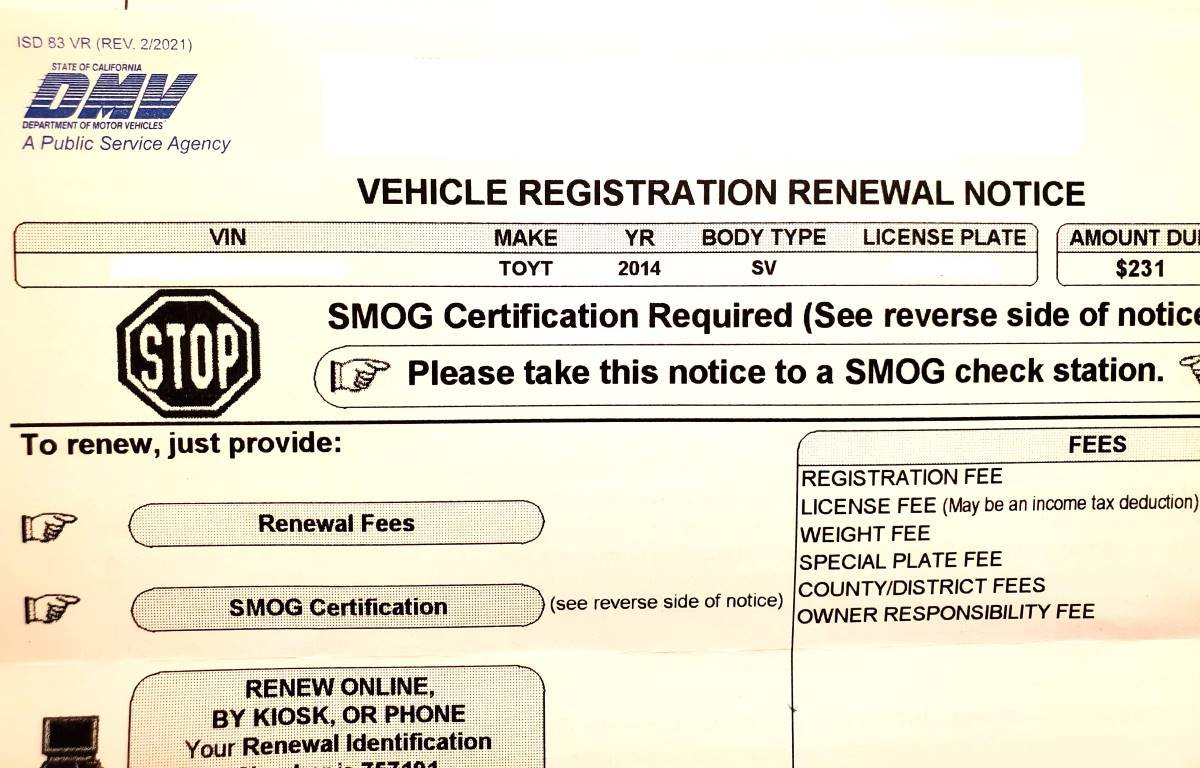Prior to 2022, the federal “Nonbusiness Energy Credit” allowed for a lifetime tax credit of a maximum of $500 for installation of certain energy-efficient exterior doors, windows, skylights, certain roofs and insulation. It also could be used for the purchase of certain central air conditioners, electric heat pumps, gas water heaters and certain other appliances.
The property must be installed in your personal residence and the credit was based on 10% of the cost of the purchases. There were additional credit limits of $200 for exterior windows and skylights, $300 for heat pumps, central AC and water heaters, $150 for furnaces and boilers and $50 for qualified main air-circulating fans. This credit was extended through 2022 and is claimed on Form 5695, filed with your federal tax return.
The Inflation Reduction Act of 2022 brought dramatic changes to this tax credit and renamed it the Energy Efficient Home Improvement Credit (let’s call it EEHIC). Instead of a $500 lifetime cap, there’s a $1200 ANNUAL cap, and the credit is based on 30% of the purchase price, increased from 10%. Additionally, there is a separate $2,000 per year cap allowed for qualified heat pumps and heat pump water heaters, biomass stoves and boilers.
EEHIC covers two main categories of purchases - Energy Efficient Home Improvements and Residential Energy Property.
Energy Efficient Home Improvements include insulation materials, exterior windows, including skylights, and exterior doors that meet certain Energy Star requirements.
Residential Energy Property covered by EEHIC must meet or exceed certain high-efficiency standards and includes the following:
Electric or natural gas heat pumps and heat pump water heaters
Central air conditioners
Natural gas, propane or oil water heaters, furnaces and hot water heaters
Biomass stoves or boilers, oil furnaces and hot water boilers
Improvements to or replacements of panelboards, sub-panelboards, branch circuits or feeders with a load capacity of 200 amps or more
What efficiency standards must be met? Here are some examples:
Natural gas water heaters: ENERGY STAR certified models > 0.81 UEF (Uniform Energy Factor) for tanks less than 55 gallons and > 0.86 UEF for tanks greater than or equal to 55 gallons.
Tankless gas water heaters: ENERGY STAR models with > 0.95 UEF are eligible.
Exterior windows and skylights: Must meet ENERGY STAR “Most Efficient” criteria. See www.energystar.gov/products/most_efficient
Home Energy Audits are another new category included in the EEHIC. This is an inspection and written report by a certified auditor that identifies energy efficiency improvements, including an estimate of energy and cost savings.
In addition to the annual $1200 and $2000 tax credit caps mentioned above, there are additional annual caps as follows:
$250 cap on each exterior door, up to a total of $500 per year
$600 annual cap on exterior windows and skylights
$150 annual cap on home energy audits
$600 annual cap on each Residential Energy Property item













